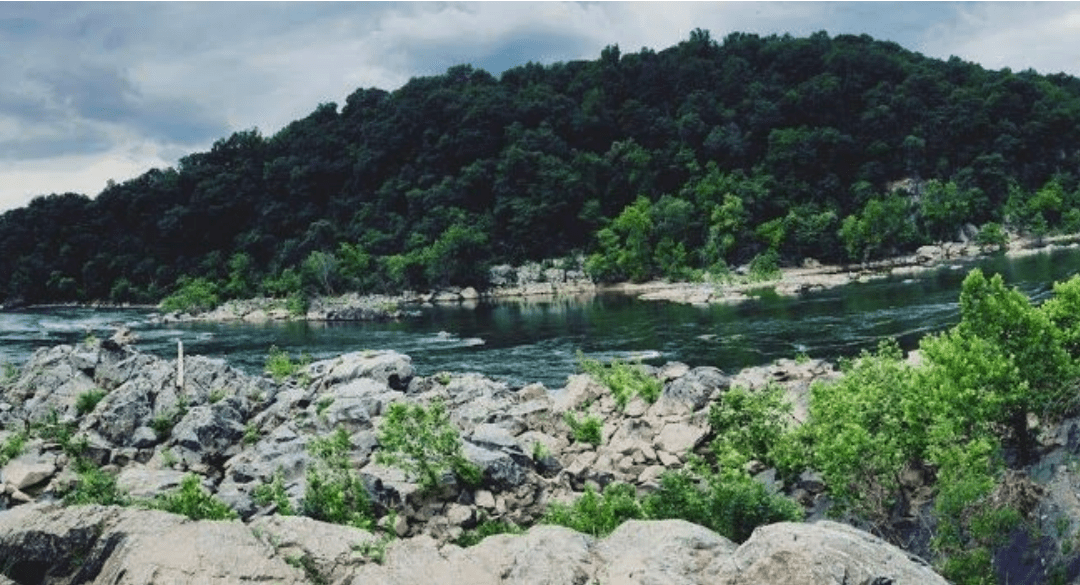While in undergrad, I was fortunate enough to attend a college that was what most would call a
“nature enthusiast’s playground”. This intersection of several different ecosystems was a wonder
for the biology students, and provided comfort for many other people within the campus
community. There’s something soothing about the collision of different natural elements: water,
wind, stones, silt, earthy soil, and all things in between. It’s as if the natural course of the world
was some specialized celebration created just for you, at that given moment.
At the beginning of my second week at the Chesapeake & Ohio Canal National Historical Park, I
was once again brought on introductory trips around the area. With 184.5 miles of vast terrain,
the park boasted many historical structures and sites, heavily encouraged by my park-counterpart
Sophie, to visit. The week began with a trip to Harper’s Ferry, a combination of natural and
manmade intersections.
It was at this location where the Potomac River and the Shenandoah River converged,
interlocking flowing waters down the spanse of the region. Along the rivers were large bridges
and pathways full of railroad tracks, still frequented by a selection of cargo companies on the
Eastern coast. Sophie and I accompanied many members of the park’s administration to discuss
the necessitation of the building of a pedestrian ramp that was within compliance with the
American Disabilities Act. As a public park and wonderful natural and cultural resource,
Harper’s Ferry drew in crowds of various creeds during most visitation seasons. It was only
logical that issues for many pedestrians, cyclists, families and disabled individuals be addressed
in this joint project. During this meeting I learned more about the extensive planning and
consideration these good-natured projects went through. Who knew it could be so time-laborious
to build something as practical as a ramp?
The next week was peppered with site visits to a collection of dams in the area. Accompanied by
our resident geology intern Justin, I went caving for the first time. I learned about the various
criteria used to classify caves as well as a selection of facts revolving around preventative safety
measures. Sadly my excitement of potentially finding a family of bats or something was
unfounded, maybe next time perhaps.
In regards to the formulation of the administrative history ethnography, I spent most of my
office-days engulfed in endless volumes of foundational history texts, superintendent’s
compendiums, and liken texts. There’s so much to take in about the Chesapeake & Ohio Canal
National Historical Park, and I’ve only just scratched the surface of it all.



